Kamal AlJafari’s Port of Memory (2010) is situated in the port of Jaffa. The film explores the formation of time in space—durational affect—and constitutes a relation of space and architecture via the cinematic lens that conjures up a new way of expressing occupation and gentrification. The use of space and architecture in the film perpetuate a new mode of expression that renders time in its suspension—an act of waiting.
Port of Memory, in rendering time in suspension, evades a narrative that situates the viewer in an already pre-known setting. Aljafari’s film deposes of the narrative that is already at work—that in between Palestine and Israel, occupied and occupier—in order to release the effect of the image from its representational context. He experiments with form and illustrates a rigor in technique that is constituent of a cinematic space that refuses to adhere to any pre-positional set-up.
Rather, we are situated in the in-between of space: the already there of the ruin, the disappeared landscape, the demolitions of homes, the development of new ones, and the complete erasure of the old Palestinian homes and cemeteries, to make way for the new developed condos and parks. Aljafari’s film invites us to dwell in the most fragile of spaces: disappearance-in-progress. How does one engage with what has already disappeared and is disappearing? Port of Memory draws on a different type of political inquiry that manifests in the non-representational form of the image through the architecture of time.
Aljafari is a graduate of the Academy of Media Arts, Cologne where he received the Visual Arts Award of the City of Cologne in 2004. His film The Roof won the Best International On Screen (Video) Award at the 2008 Images Festival in Toronto as well as best soundtrack at the FID Marseille Documentary Festival in France. His new film Port of Memory, opened the 2010 Images Festival, and has just received the Prix Louis Marcorelles given by CULTURESFRANCE of the French Ministry of Foreign Affairs. He was a featured artist at the 2009 Robert Flaherty Film Seminar in New York. Through 2009-2010, he was the Benjamin White Whitney fellow at Harvard University. He lives in New York City.
Nasrin Himada (NH): How would you position yourself in the trajectory of Palestinian cinema? You grew up around films that were being made by Palestinian filmmakers, like Michel Khleifi, and seeing the kind of progression of Palestinian cinema taking form. I was wondering how you saw yourself fitting into the canon today, while it’s obviously still in development.
Kamal Aljafari (KA): I have seen films by Michel Khleifi and Elia Suleiman and most other films by Palestinian filmmakers. But I would say the only one, which at the time inspired me to make films, was Chronicle of Disappearance by Elia Suleiman.
Though, I wouldn’t say I am part of any cinematic movement in Palestine and I don’t see myself belonging to any. I find it very problematic that people often try to declare “A Palestinian Cinema.” There is no industry. We are only individuals living around the world who from time to time, once every couple of years, make a film. The situation, at times, is disheartening.
NH: You are doing something different and new that’s never been done before in terms of how you manage to consistently challenge any kind of framed national agenda through experimentation with form and rigor in technique, which is definitely challenging to the viewer. The use of specific technique in your film is very striking— especially sound. Can you talk about that?
KA: I am collecting and recording what exists in my immediate environment, places as well as people. I am treating sound exactly as I am treating image. They are documentary, in that sense, because this is what I find, but I’m not a documentary filmmaker.
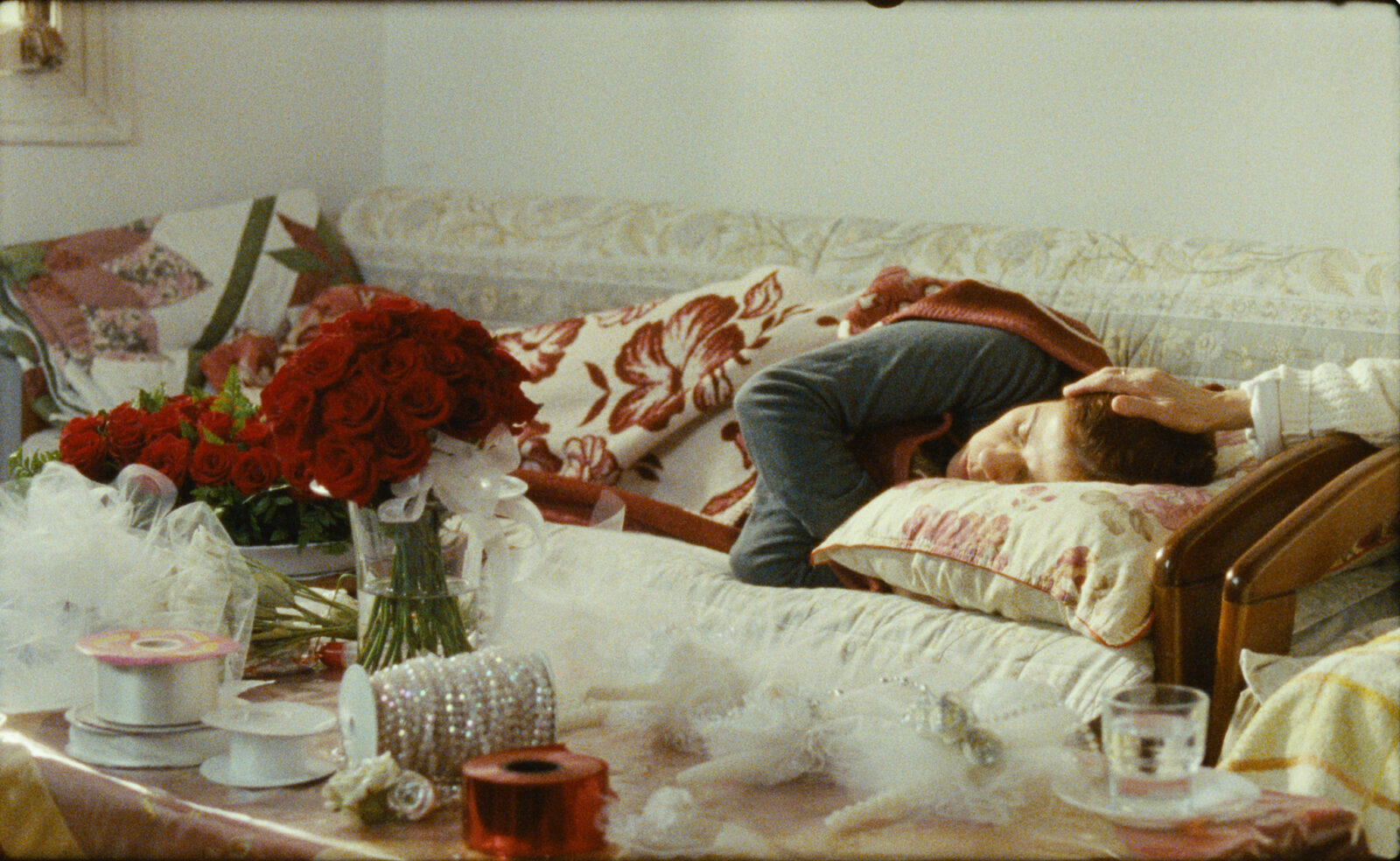
Listen to the soundtrack, which exist in daily life, and you would never need to add any sound effects and ‘music’ to your film. Everything is there – for me, for instance, the sound coming from the TV is a great source of music. Sound is a mode of composition.
I’m searching for what resembles my lost country, which has become a search for a cinema. Adorno says that for a man who no longer has a country, to write becomes a place to live. I would say for a Palestinian, the cinema is a country.
NH: Sound is not in the foreground, at least in some scenes. When the woman, for example, goes out to feed the cats, we can hear the demolitions going on in the background, which is very important for the film, in the context of gentrified Jaffa. In this other scene, we hear the gunshots in the background in the café, before this man goes back to pick up the coal. This is a clever way of reminding the viewer that there is a kind of politics going on that is implicit. It’s a politics that is of a day-to-day violence, whether it is dealing with demolitions of Palestinian homes, or of people getting shot. What I find important about this audio-image technique is that it avoids falling into the trap of narrative capture that situates the viewer in an already pre-known setting. For example, can we talk about the scene where the film crew is inside this house? Is this your family’s house?
KA: No. It’s my neighbor’s.
NH: The neighbor’s house. For me this scene is very important because it pronounced these subtle moments of political inquiry that, again, wasn’t explicit. The scene starts with the two Palestinian women in a bedroom, with an Israeli film crew present, they shut the door on them, and they start filming a scene with an actor who’s having trouble emphasizing the phrase “I made these windows.”
KA: The owner of this house, the neighbor of my grandparents in Jaffa, told me about an Israeli film crew who came to her house to shoot a scene. Ironically enough, an Israeli bulldozer hit this same house four years ago (and was featured in my previous film The Roof). What you see is a re-enactment, but not what really happened.
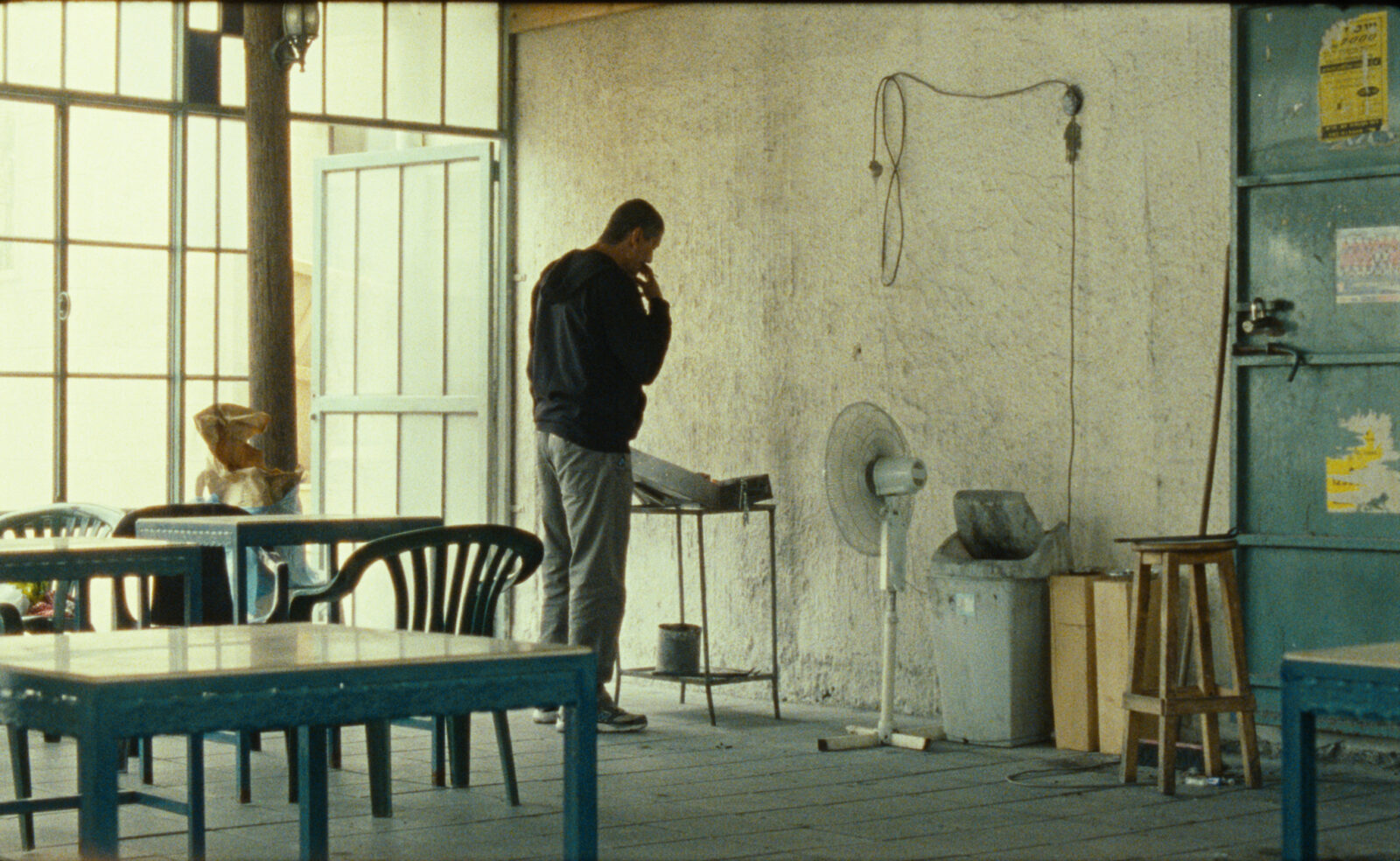
This stems from an idea I had, which is very much related to reclamation of places and things. A couple of years ago, I was filming a short miniature in my father’s hometown Ramle. I was filming raw unfinished balconies when suddenly a young Israeli guy appeared and stood just behind my back. He waited and waited until he became impatient. He asked me: what are you filming? I said, the balconies. He reacted by saying: “you see all these balconies, they are mine.” Obviously, the balconies were much older than him.
Dozens of films were shot throughout the 60s and 70s and 80s in Jaffa – in most of them you would never see a Palestinian. And even if you see Arabs in films like The Delta force, staring Chuck Norris, they’re not Palestinians, they’re Israeli Mizrahi Jews acting as Arabs. We were completely excluded from the image and therefore uprooted twice in reality and in fiction.
These Israeli films were claiming the city. As if saying, “this is our city, these are our stones, these are our houses, and this is our sea.” For me, that’s the biggest and the strongest witness that they are not theirs. It may sound surreal but at times these films were even stealing the narrative of the remaining Palestinians of Jaffa – like in the film Kasablan from 1973, in which all the inhabitants of Jaffa are Jews who are struggling against the demolition of their houses by the Tel Aviv municipality.
I would like to know why these films weren’t shot in Tel-Aviv. There is a difference between shooting a film where the background is white, of white walls – and shooting a film where the background is an old wall. Cinema needs history – to create emotions you need history.
NH: I want to talk about the motifs that show up in your film. There are several of them. The recurring image of the man in the café holding the coal up to his neck, for example, or the man on the motorcycle who screams, and the washing of your aunt’s hands, or, the recurring theme of your family watching a wedding video. These become part of how time is formed in your film. Also, there’s a lot of waiting around in different scenes, in cafés, or in the lawyer’s office. There’s a lot of play with time and waiting. I was wondering if that was intentional? And if it was, how the motifs played with time in that sense?
KA: Everything you see is intentional. The long take of the washing of hands, watching TV, or the man who picks up the coal with tongs moving it toward his neck, are my favorite scenes in the film, because they resemble for me what cinema should be. I wish I could just have the washing of hands in my film in their actual length and rhythm, which lasts much longer than in the film.
NH: And they also are part of how the film avoids a representative form of expression, because they’re never complete images, or they never complete a thought, or whatever it is, as a viewer, you’re expecting to come next.
KA: I’m not fulfilling any desires on the side of the viewer, or fulfilling any desired narrative. I do what I find works best when I am composing the image. Some people are clever enough to see and to appreciate this kind of cinema. But I would say that I made this film for myself. I am not trying to target a specific audience, which again makes the financing and finding of resources for my films difficult.
NH: Can you explain more about how you are making the film for yourself?
KA: What is the value in watching somebody wash his or her hands? This is what I see. She is my aunt, and I find the way she washes her hands to be beautiful and elegant. Although, every time I screen it somewhere, there is somebody who says, “my sister is the same way,” or “I know somebody who is doing the same thing.” And it has nothing to do with being Palestinian. I don’t want to explain how the washing of hands is significant, or representative of something. I find the image in itself valuable and I am happy when people share with me this affinity. People who appreciate it and who can relate to it, connect with what I feel. These elements are very much of a private inclination. And, in this specific project what I wanted to do is give these rituals or elements of daily life of my characters, if you want, a cinematic meaning.
For me, making a film is very much a search into the life of these people, and obviously, the place where these people have lived, which is my place, which is where I come from, and which is part of how and where I search for a cinematic language.
NH: This gets me to the part that I wanted to talk about – because I noticed this in The Roof as well, and was wondering about it. I feel like it’s become a trademark of yours – something you took from The Roof and used a lot in Port of Memory. You have this curious way of panning across, in close-up, onto buildings and walls, and the rubble that we see in Port of Memory. It’s almost like you want the buildings to move with you. Can you talk about that a little bit? Describe what attracts you to that building?
KA: I love these old walls, old stones. And I want to capture them. I know now that there were many films shot in my hometown, using my hometown as something else and excluding me from it, erasing my history from these images and from these films. I have a good reason to film this place the way I see it. And cinema can do it: with framing, and by shooting something for a long time, you can claim it, giving it a special importance, be it a stone or a human face. What I am trying to do in The Roof and in Port of Memory is to give attention to these places, reclaim them. Personally reclaim them. I see this as my project.
NH: This gets me to the question of how architecture plays such a significant role in Port of Memory, especially the recurring return to the derelict building, the one that you show at the beginning and that comes back often, maybe twice more throughout the film. Can you talk about the significance of the building itself – your relationship to it, and how it manifests in the film?
KA: I had been working for quite a while to find financing for Port of Memory – it took me about three years to find the resources to shoot this film –I was traveling between France, where I was living at the time, and Jaffa. Every time I went there, I hoped that this building that you mention was still there. These old buildings that you see in my films, are vanishing. They are being destroyed. And for me they are a witness to a city that existed. Jaffa is not a city anymore, it is just a couple of streets in the south of Tel Aviv, and my desire to capture its disappearance is obviously very strong, because I know that tomorrow it will not exist. So this becomes part of my role as a filmmaker, to capture something and to keep it. It becomes, in that sense, a document. The building stands there in the middle of the street. It’s a witness to all this destruction. An expression of what we have gone through since 1948, or for the last 100 years in fact. I treat this specific place exactly as I am treating my characters, and there is a cinematic attraction between them, these objects, and the characters. And the film is very much about place, being excluded from it, about being there and not being there at the same time. I know these buildings will vanish from reality, so at least I have them in my film. And these images are very much of the streets of my childhood. These are my memories of this place.
NH: This reminds of the scene where you show the Israeli singer singing the song and walking on the beaches of Jaffa, juxtaposed with the scenes of your uncle walking through a landscape that’s really deteriorating and disappearing–
KA: It’s not disappearing. It has disappeared.
NH: Right.
KA: When I shot the scene with my uncle I had brought him to Germany, and we shot it with a green screen. I made him walk in a certain way so that I can insert him into the image instead of the Israeli actor. And when I showed him the scene—where he is walking on the port of Jaffa, walking in the streets of Jaffa—he was so touched, he could hardly believe it. So it’s not only a film – in the sense of a cinematic object—it’s more than that. It affects. I made my uncle go back and walk in the streets of his childhood, to the places that don’t exist anymore. I may have created pleasure for him, or more sadness, I’m not sure. Maybe both, I don’t know. But I made it possible for him to go back and be in these places for a moment.
The images were from Kasablan an Israeli film about Mizrahi, or Oriental Jews living in Jaffa, and their struggles with the Ashkenazi, European-born representatives of government. The narrative completely elides not only Jaffa’s Palestinian history, but also its remaining Palestinians, enacting a virtual, cinematic emptying of the city. In the film, the Israeli actor, Yoram Gaon playing a downtrodden Mizrahi, sings while walking through empty and ruined streets, along abandoned houses, open windows and doors: “[…] It’s a place which is still far away, Narrow alleys near a huge sea, And empty houses crying silently, My heart’s still there behind the sea, I hear a prayer from an empty house, There is a place that’s still far away. Anywhere I run, there is a place I can’t forget, I’ll always have it in my heart. There’s a place, I’ll always love.”
This is my song.
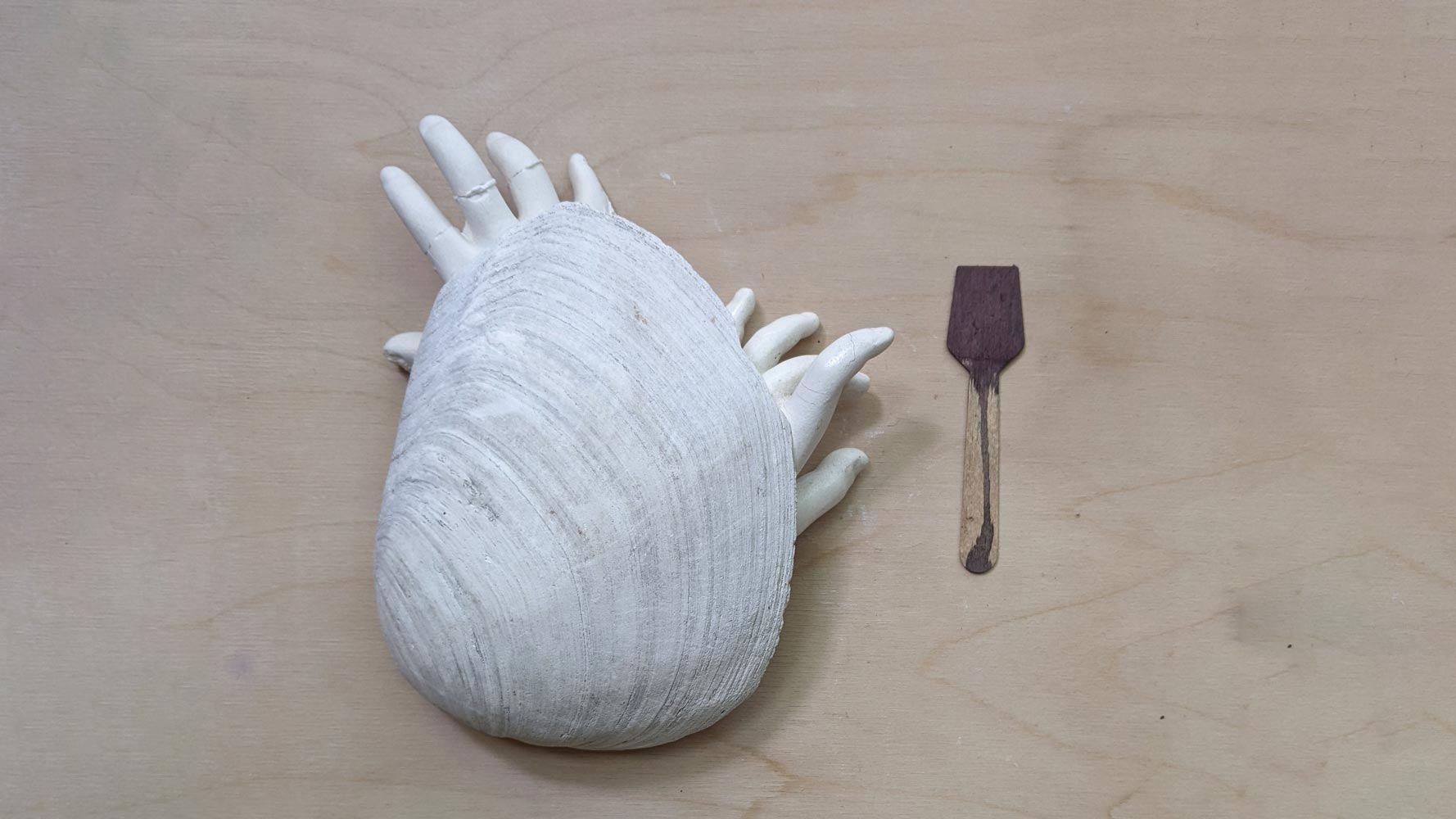
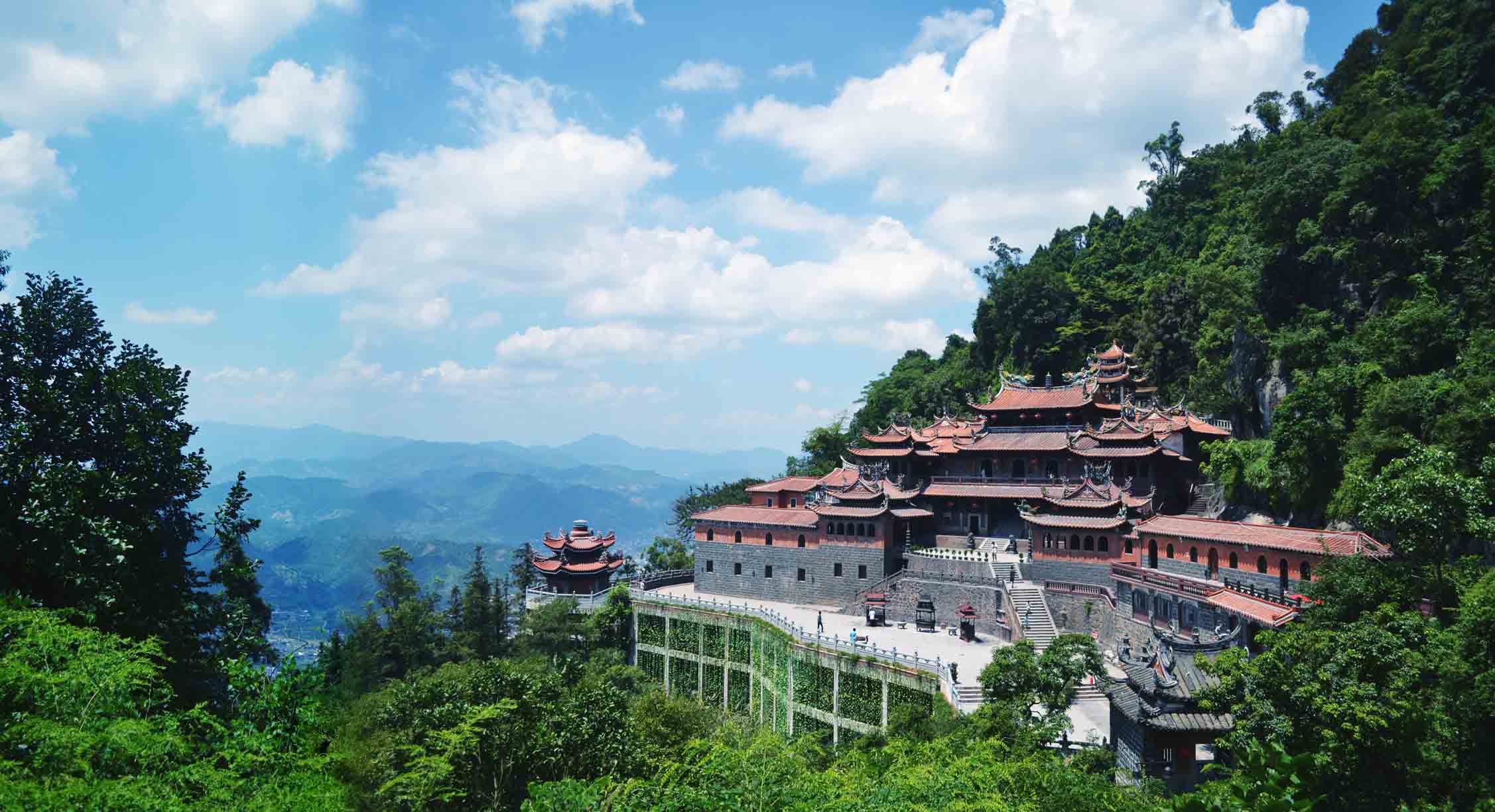
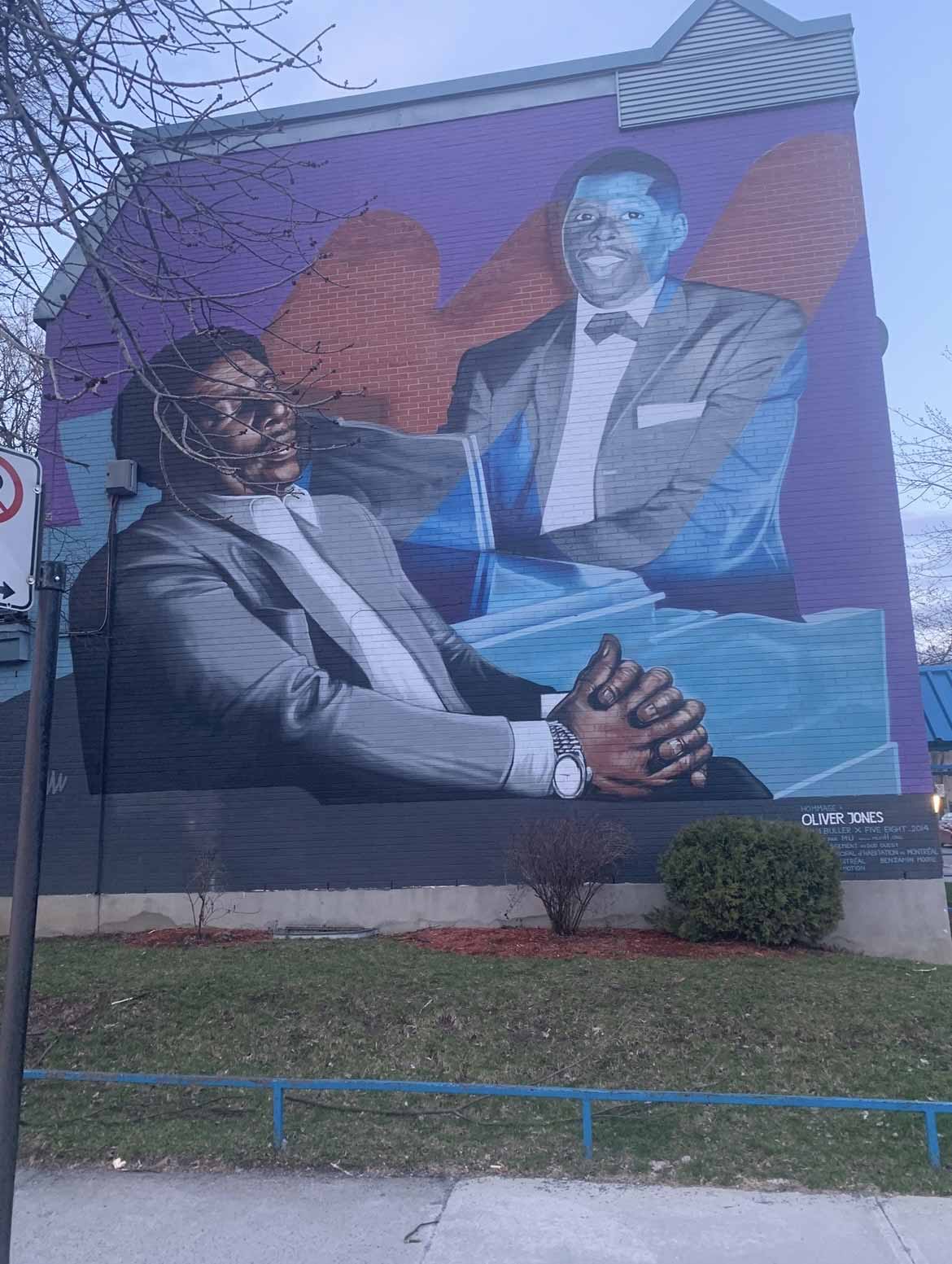

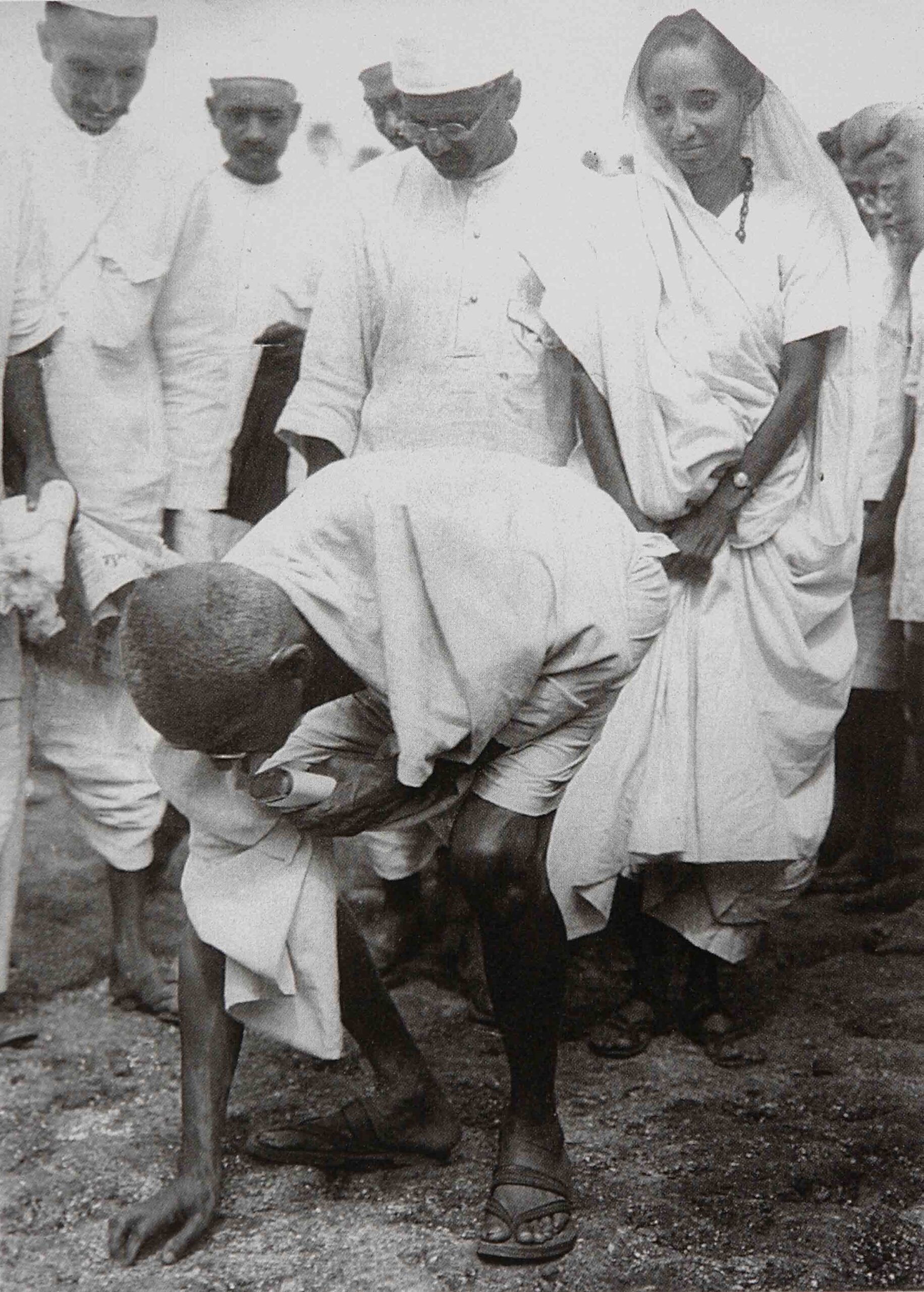


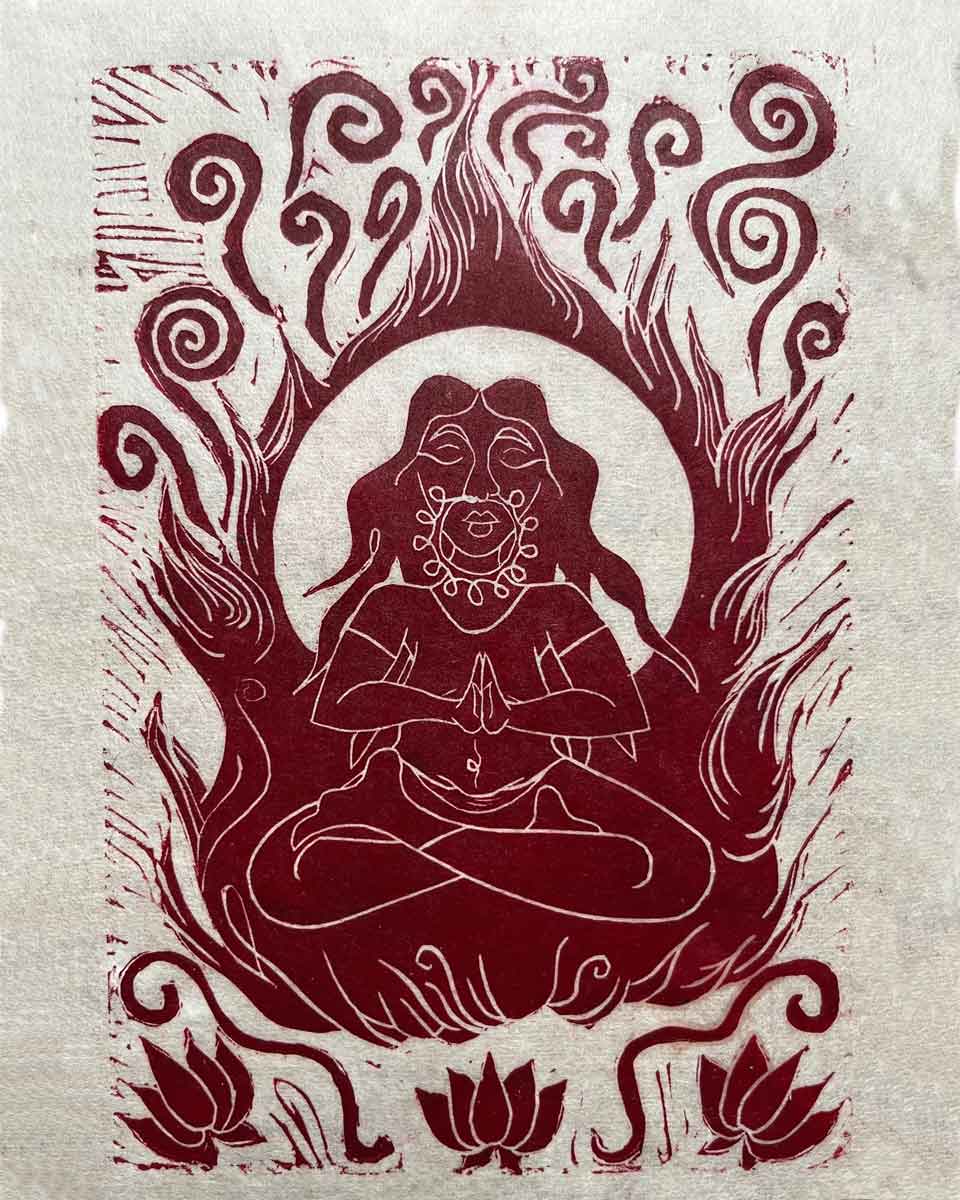
I saw Port of Memory tonight at MoMA. It is just so amazing. Something so personal, something so new to me and yet moving. I love the sounds. I have noticed them to. I felt everything and everyone in that movie was so special to Mr Aljafari. As a viewer, you took out the traditional perceptions of film and I like it that my thoughts about it are respected in some ways. It was like you were not telling but showing. I noticed the buildings and I sensed something. I didn’t know it until I read this interview. Wow! You’re a very passionate person. I am pretty much interested to watch your other movies. CONGRATULATIONS!